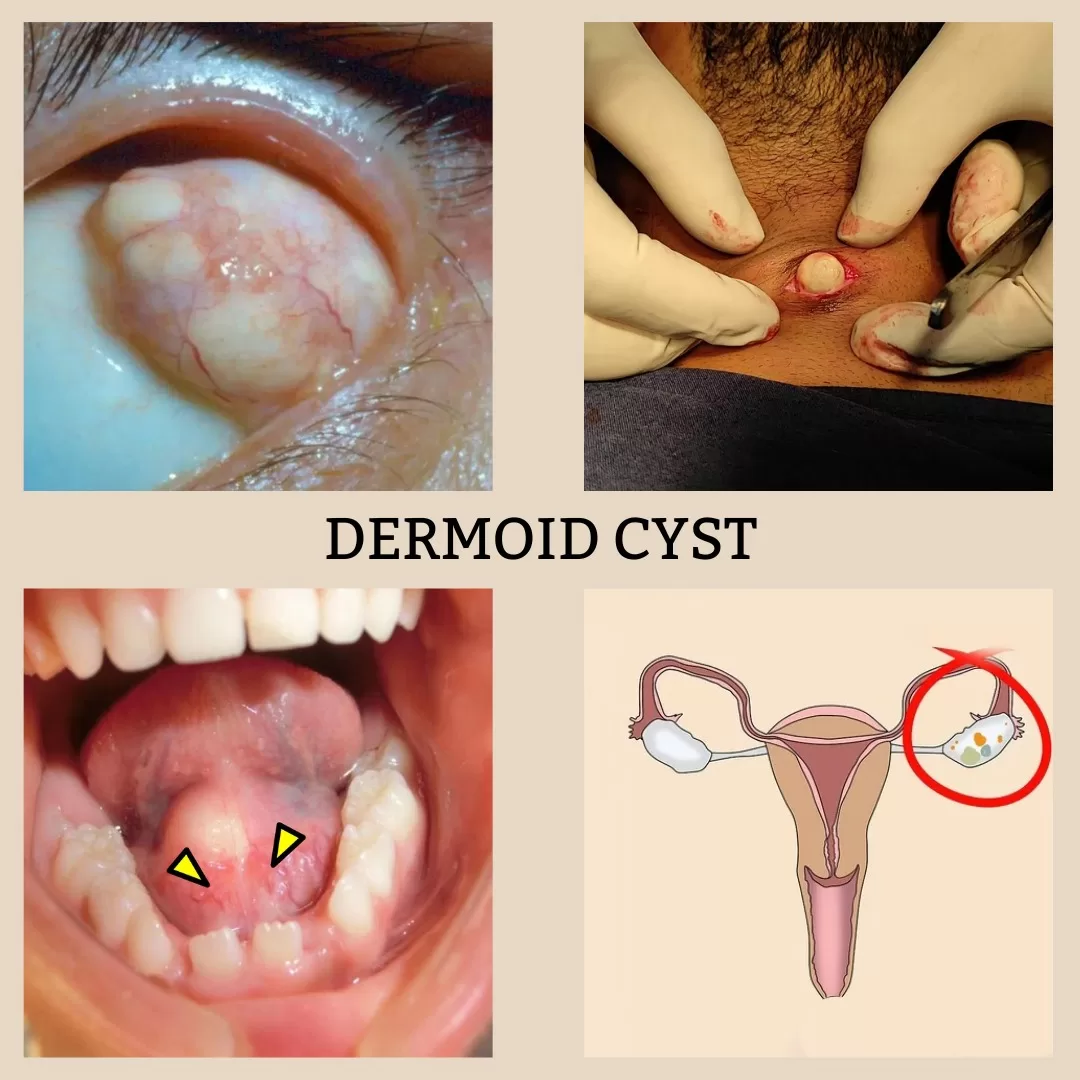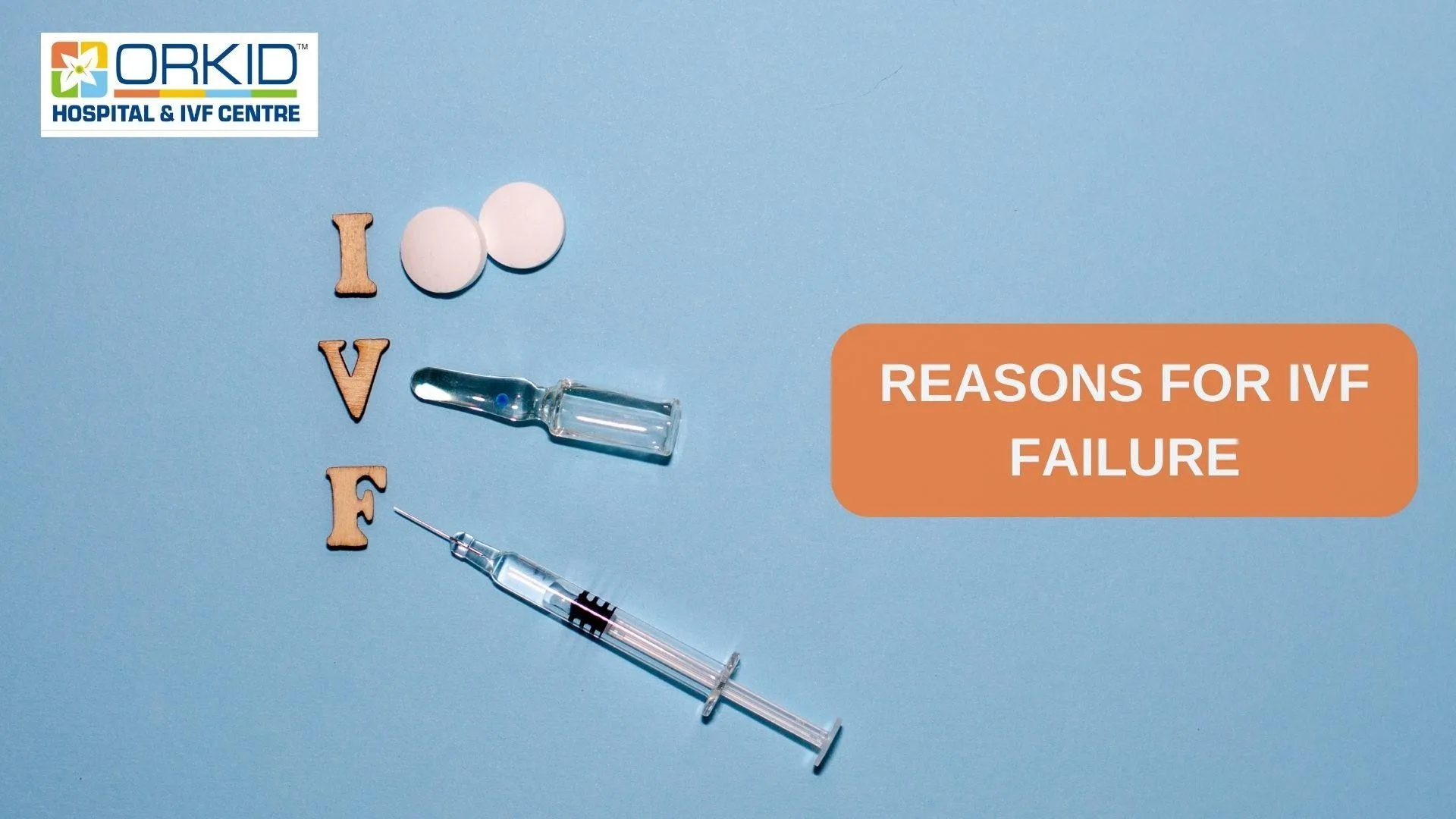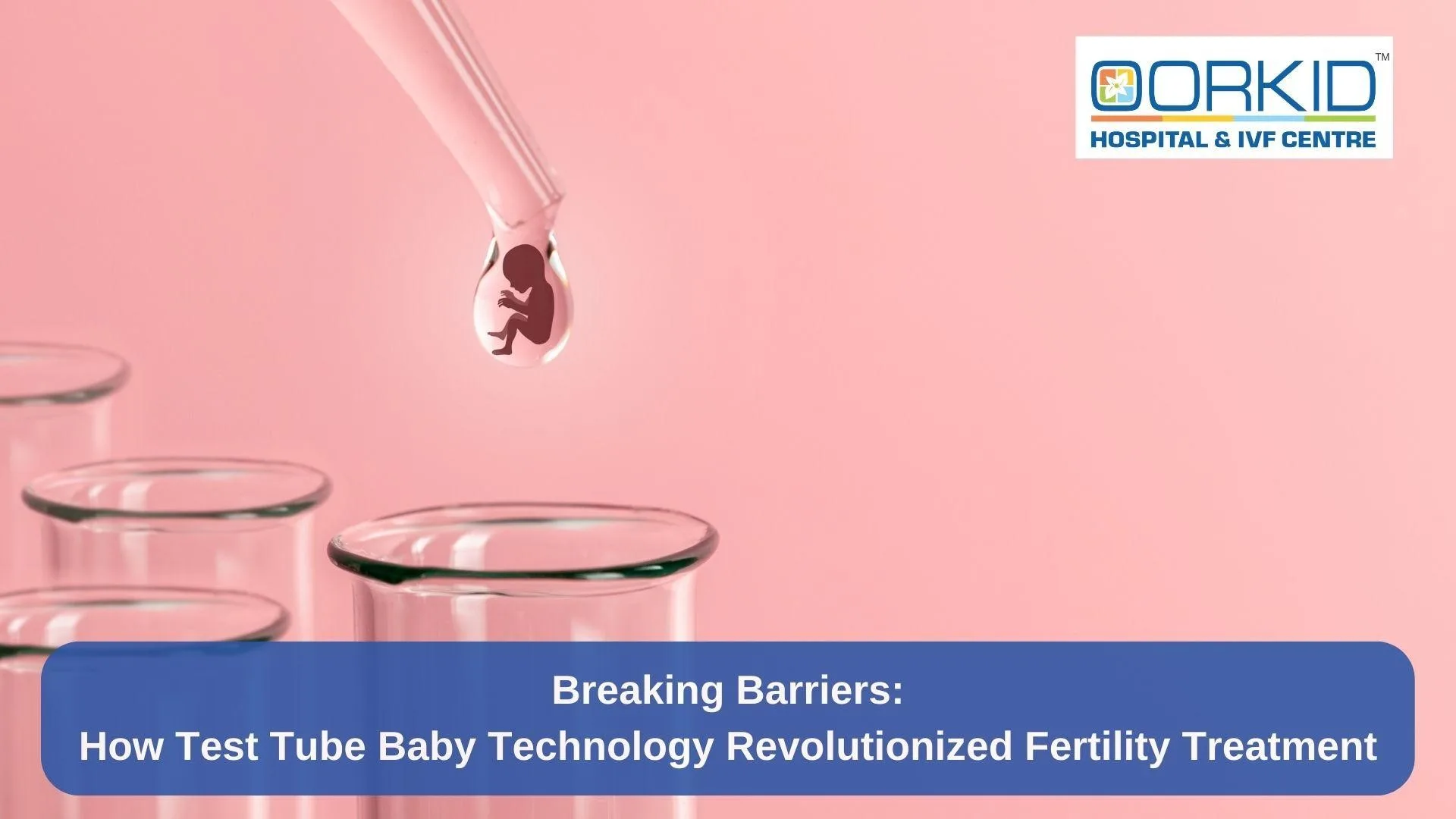What is Laparoscopic Hysterectomy? Understanding the Procedure and Recovery
Introduction
Hysterectomy is a surgery to remove the uterus. This surgery can treat various conditions, like fibroids or cancer. Nowadays, there’s a less invasive option called laparoscopic hysterectomy. This approach involves small cuts and special tools. Understanding the procedure is crucial. It helps ensure informed decisions and safe practices in women’s healthcare today. Laparoscopic hysterectomy procedure benefits include less pain and faster recovery compared to traditional methods. Learning about these aspects can make a big difference.
Understanding the Basics
The uterus plays a vital role in women’s health. It’s where a baby grows during pregnancy. When health issues arise, some may consider surgery. Hysterectomy types vary: – Total hysterectomy: Removal of the entire uterus, including the cervix. – Partial hysterectomy: Only the upper part of the uterus is removed, leaving the cervix. – Hysterectomy with/without ovaries: Involves removing the ovaries, which produce hormones.
Knowing these differences helps make informed decisions. If considering surgery, understanding the type can impact outcomes and aftercare. It’s also essential for discussing options with a doctor, seeking what best suits individual health needs.
What is a Laparoscopic Hysterectomy?
A laparoscopic hysterectomy is a modern surgical method to remove the uterus using tiny incisions. Unlike traditional surgeries with large cuts, this method uses small openings. The benefits of laparoscopic hysterectomy are significant: – Less pain during recovery. – Shorter hospital stay. – Reduced scarring and fewer complications.
Instruments used include a laparoscope—a small camera that helps the surgeon see inside the body—and various surgical tools. These tools provide a precise approach, making the surgery less invasive and improving patient comfort. Many prefer this procedure due to these clear advantages, contributing to its growing popularity.
Why Is Laparoscopic Hysterectomy Performed?
Doctors recommend a laparoscopic hysterectomy procedure for many reasons. Common issues include: – Fibroids: Non-cancerous growths in the uterus. – Endometriosis: A painful condition where tissue similar to the lining inside the uterus grows outside it. – Heavy bleeding or chronic pelvic pain.
The advantages of this approach are clear. It offers less pain and faster recovery. Patients often experience better outcomes compared to traditional surgery. Benefits of laparoscopic hysterectomy include not just physical recovery, but also improved emotional and mental wellbeing due to its less intrusive nature. This leads to faster return to everyday activities.
How the Procedure Works
Before surgery, preparation is key. Patients meet with their doctor to discuss medical history and medications. An anesthesiologist provides drugs to prevent feeling pain during surgery. Here’s a simple step-by-step outline: 1. Small incisions are made in the abdomen. 2. A laparoscope is inserted to view the pelvic organs. 3. Surgical tools remove the uterus. 4. Incisions are closed with stitches or glue.
The laparoscopic hysterectomy procedure typically lasts about 1 to 3 hours. Preparation and understanding ease anxiety and promote smoother recovery. Knowing what happens can also lead to more beneficial discussions with a healthcare provider.
Preparing for Surgery
Preparation helps ensure a successful procedure and smooth recovery. Actions might include: – Discussing current medications with your doctor. – Making adjustments to lifestyle, like eating balanced meals or quitting smoking. – Setting up support at home for post-surgery help.
These steps are vital. They ensure the body is ready and resilient for surgery. Open communication with healthcare professionals makes a difference in overall success and comfort.
Recovery After Laparoscopic Hysterectomy
After surgery, expect a short hospital stay. Immediate care is important: – Pain management might include prescribed medication. – Return to gentle activities is often within a week.
At home, prioritize rest and follow doctor’s advice. Normal activities usually resume in 3 to 6 weeks. Long-term changes include: – No more periods. – Loss of the ability to bear children.
Understanding these changes helps in mental preparation. The benefits of laparoscopic hysterectomy also reduce emotional strain by enhancing physical recovery. Remember, recovery varies by individual, so patience and adherence to medical advice are key.
Potential Risks and Complications
While laparoscopic hysterectomy procedure is generally safe, potential risks exist, like any surgery. Some include: – Infection. – Injury to nearby organs. – Blood clots.
Discussing all potential side effects and concerns with a healthcare professional is essential. It ensures you’re well-equipped to handle outcomes and challenges, making informed decisions based on professional guidance.
Conclusion
In summary, the laparoscopic hysterectomy brings many benefits, mainly being less invasive. The importance of understanding this procedure lies in its impact on modern healthcare. Consult with healthcare professionals for advice tailored to personal health conditions. Informed decisions lead to safer practices and better health outcomes.
Call to Action
Seek more detailed information and community support if considering surgery. Always discuss openly with healthcare professionals to make well-informed decisions about your health.
At Oorkid Hospital, our expert team is here to guide you every step of the way. Contact us today to schedule a consultation and get personalized advice for your health and surgery options!











